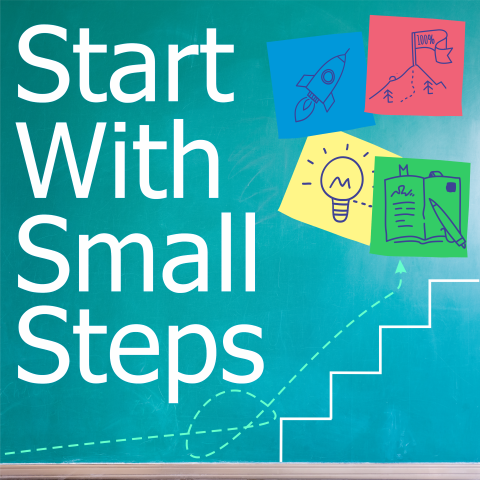Tackling boring tasks can be a significant challenge. Whether it’s cleaning, exercising, or any other mundane chore, finding the motivation can be tough. However, Peter Hollens, in his book Self-Disciplined: for Tedious, Boring, and Difficult Things, offers practical strategies to make these tasks more manageable and even enjoyable.
One effective method is the 52/17 technique. This involves working for 52 minutes and then taking a 17-minute break. This approach, derived from the Pomodoro Technique, helps break up the monotony and keeps you refreshed. Setting a timer for short intervals makes daunting tasks seem less overwhelming, encouraging productivity.
Another strategy is parking downhill. Start your day with simple tasks to build momentum. For example, reading emails or running basic reports can ease you into more demanding tasks. This approach not only kick-starts your productivity but also ensures that you start with a sense of accomplishment.
Hollens also introduces the four quarters method. Break your day into four segments: early morning, late morning, afternoon, and evening. This division helps you tackle tasks in smaller chunks, making the day feel less overwhelming. You can assign different types of activities to each quarter, aligning them with your natural energy levels.
For a broader perspective, consider the 12-week plan. Instead of annual resolutions, focus on shorter 12-week goals. This approach creates a sense of urgency and allows for more frequent assessments and adjustments. Setting SMART goals—specific, measurable, achievable, relevant, and time-bound—within these 12 weeks ensures clarity and focus.
Additionally, the pickle jar theory emphasizes prioritization. Start with the most critical tasks (big rocks) and then fill in with smaller tasks (pebbles and sand). This ensures that you allocate your best energy to the most important tasks and fit smaller tasks around them.
Creating daily themes can also enhance efficiency. Dedicate specific days to particular types of tasks. For instance, use Mondays for administrative work and Fridays for creative tasks. This consistency helps build a rhythm, making it easier to dive into tasks without overthinking.
Understanding your energy patterns is crucial. If you’re a morning person, schedule demanding tasks early. If you’re more alert in the evening, save brain-intensive work for later. Aligning tasks with your natural energy levels can significantly boost productivity.
Lastly, consider automation and templates. Automate repetitive tasks where possible and use templates to streamline your workflow. This reduces the mental load and frees up time for more important activities. In conclusion, managing boring tasks is about finding the right strategies that work for you. By breaking tasks into smaller chunks, prioritizing effectively, and understanding your energy
Tackling boring tasks can be a significant challenge. Whether it’s cleaning, exercising, or any other mundane chore, finding the motivation can be tough. However, Peter Hollens, in his book Self-Disciplined: for Tedious, Boring, and Difficult Things, offers practical strategies to make these tasks more manageable and even enjoyable.
One effective method is the 52/17 technique. This involves working for 52 minutes and then taking a 17-minute break. This approach, derived from the Pomodoro Technique, helps break up the monotony and keeps you refreshed. Setting a timer for short intervals makes daunting tasks seem less overwhelming, encouraging productivity.
Another strategy is parking downhill. Start your day with simple tasks to build momentum. For example, reading emails or running basic reports can ease you into more demanding tasks. This approach not only kick-starts your productivity but also ensures that you start with a sense of accomplishment.
Hollens also introduces the four quarters method. Break your day into four segments: early morning, late morning, afternoon, and evening. This division helps you tackle tasks in smaller chunks, making the day feel less overwhelming. You can assign different types of activities to each quarter, aligning them with your natural energy levels.
For a broader perspective, consider the 12-week plan. Instead of annual resolutions, focus on shorter 12-week goals. This approach creates a sense of urgency and allows for more frequent assessments and adjustments. Setting SMART goals—specific, measurable, achievable, relevant, and time-bound—within these 12 weeks ensures clarity and focus.
Additionally, the pickle jar theory emphasizes prioritization. Start with the most critical tasks (big rocks) and then fill in with smaller tasks (pebbles and sand). This ensures that you allocate your best energy to the most important tasks and fit smaller tasks around them.
Creating daily themes can also enhance efficiency. Dedicate specific days to particular types of tasks. For instance, use Mondays for administrative work and Fridays for creative tasks. This consistency helps build a rhythm, making it easier to dive into tasks without overthinking.
Understanding your energy patterns is crucial. If you’re a morning person, schedule demanding tasks early. If you’re more alert in the evening, save brain-intensive work for later. Aligning tasks with your natural energy levels can significantly boost productivity.
Lastly, consider automation and templates. Automate repetitive tasks where possible and use templates to streamline your workflow. This reduces the mental load and frees up time for more important activities. In conclusion, managing boring tasks is about finding the right strategies that work for you. By breaking tasks into smaller chunks, prioritizing effectively, and understanding your energy.

